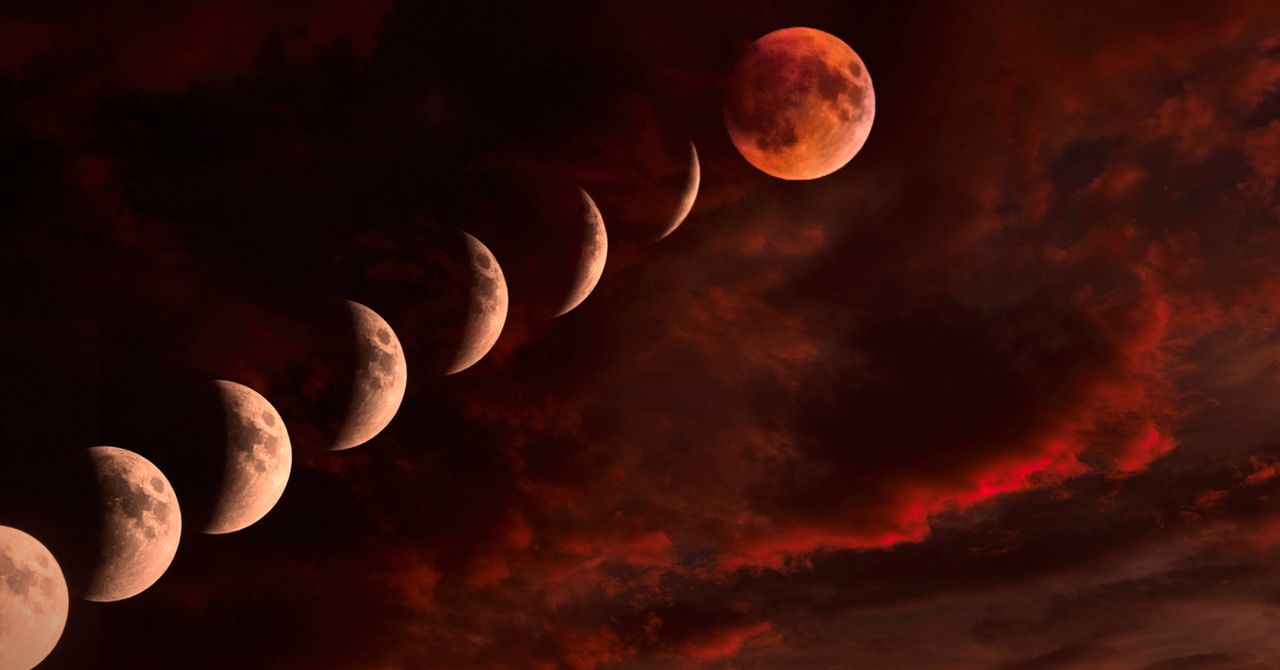Astronomy lovers in America, get ready for a delicacy! Early in the morning of March 14, a total lunar eclipse will be visible throughout the US. This type of eclipse happens when the earth blocks the light of the sun that normally illuminates the moon, which leads to it looking deep red, as if it is covered in blood.
On the night of March 13 and the early morning of the 14th, the darkest part of the Earth’s shadow, called the Umbra, will cover the moon during its full phase. Lunar eclipse if the moon is partially relieved is relatively common – but those that coincide with a full moon are a relative rarity. On average, every earth of the earth has the chance to see a total lunar eclipse only once every 2.5 years.
A second total lunar eclipse will take place on September 7 and will be visible in the eastern parts of Africa, in much of Asia and the western half of Australia.
A video of NASA showing the timing to view the total lunar eclipse in the US in March 2025.
The moon looks red during a lunar eclipse due to how the sun’s light interacts with the earth’s atmosphere. Visible sunlight looks white, but it actually consists of a combination of lights of different colors, which can be broken or scattered, depending on how much of the atmosphere they need to go through. It is for this reason that the sky looks blue when the sun is high in the air, but often red at sunset, when the sun is low and its light moves longer distances through the atmosphere.
If sunlight hits the earth’s atmosphere during a lunar eclipse, light frequencies are spread to the blue end of the visible spectrum outside, away from the Earth’s Sambra, but those with longer wavelengths, to the red part of the spectrum, are bent inward and thrown on the moon.
What time will the lunar eclipse happen?
According to Nasa, the eclipse will start at 20:57 o’clock Pacific Time. In Mexico, the phenomenon starts at 10:57 a.m. CDT, in Argentina at 12:57 p.m. (ART), and at 05:57 in Spain (CET). The progress of the earth’s shadow over the moon will be slow. Observers will notice that the satellite will gradually lose relief in the run -up to the total eclipse before they become crimson. The totality of the eclipse, or the time when the blood moon appears, is expected to take place at 23:26 PDT. The highlight takes about one hour.
Here is a list of the times for the beginning of the totality for other countries in the Americas:
- Mexico: 1:26 hours
- Colombia: 1:26 hours
- Chile: 3:26 hours
- Argentina: 3:26 hours
- PERU: 1:26 hours
